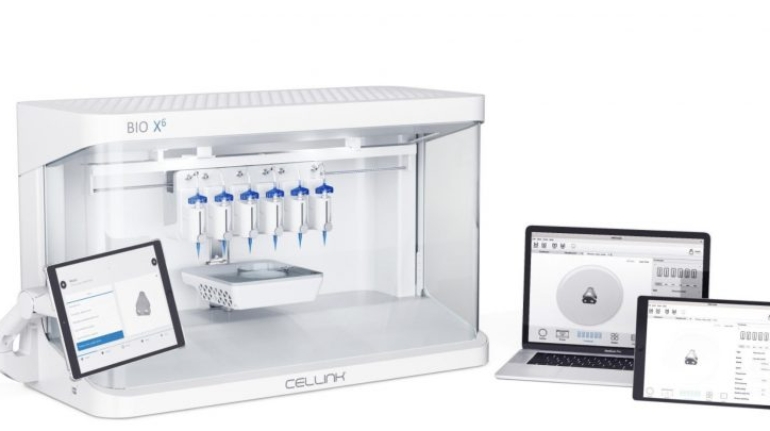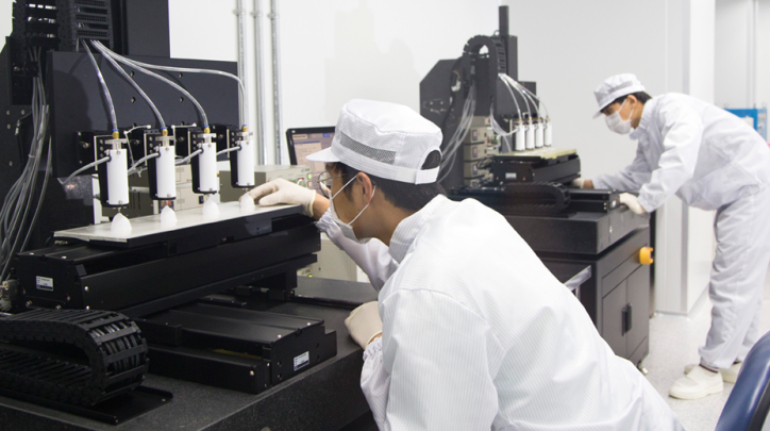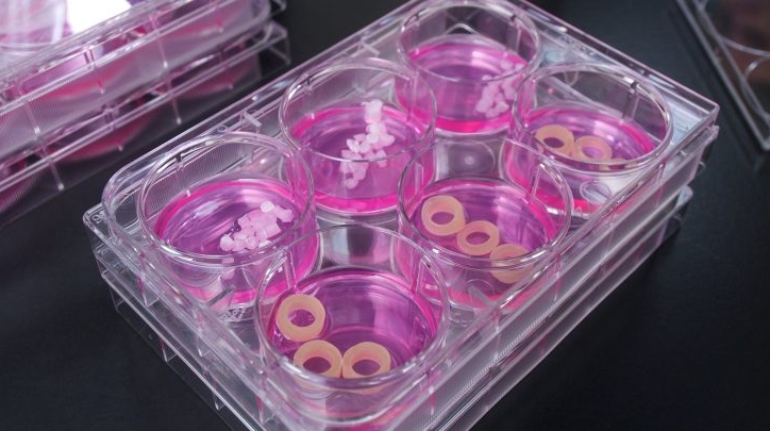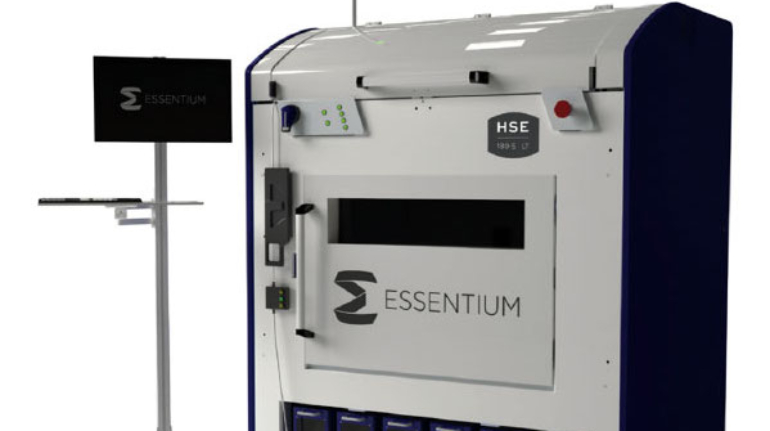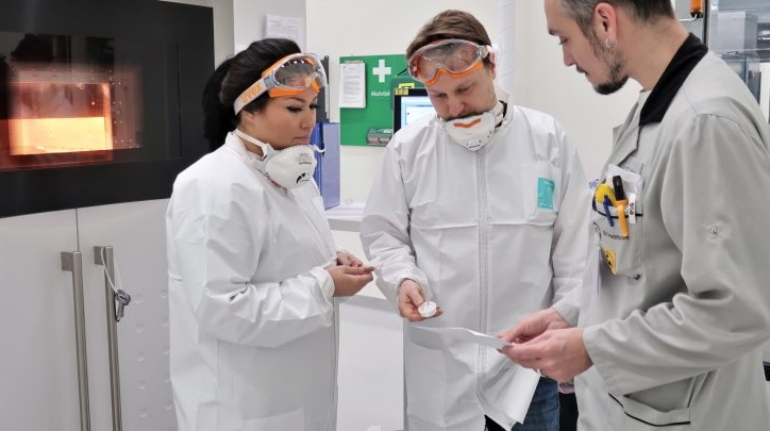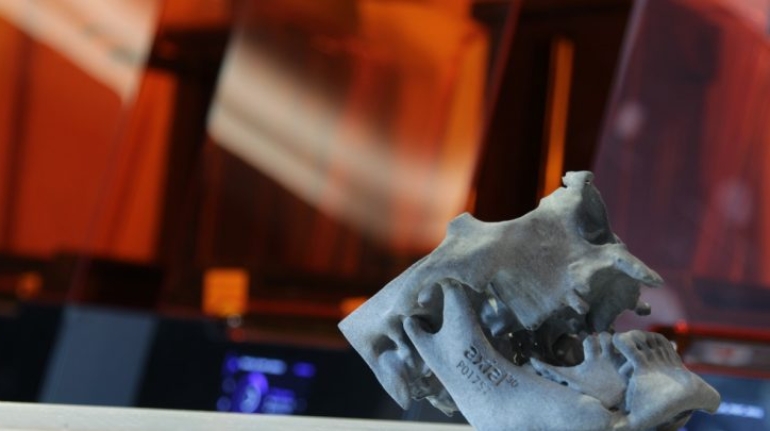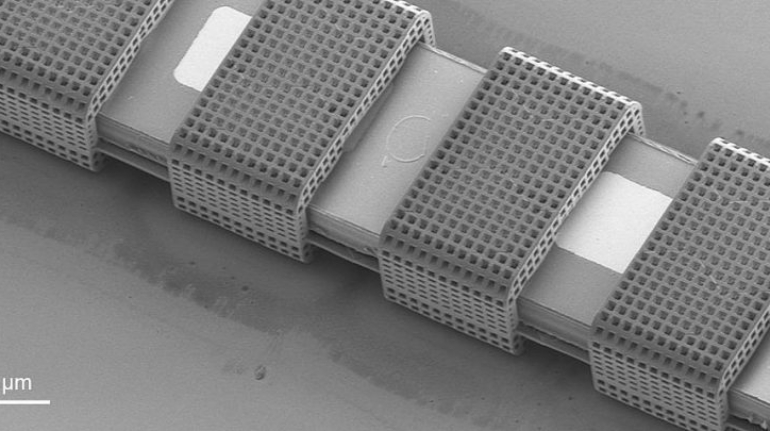CELLINK and the accessibility of bioprinting today Bioprinting
The medical AM segment is multifaceted, consisting of 3D printed medical devices, anatomical models, prosthetics and more. Within the industry, bioprinting has carved out a prominent position, gaining interest across the board for its huge potentials in drug development and screening, therapeutic treatments and regenerative medicine, to name but a few. While much of the excitement surrounding bioprinting is focused on the future, we want to look at what is happening now in the field that is exciting.

